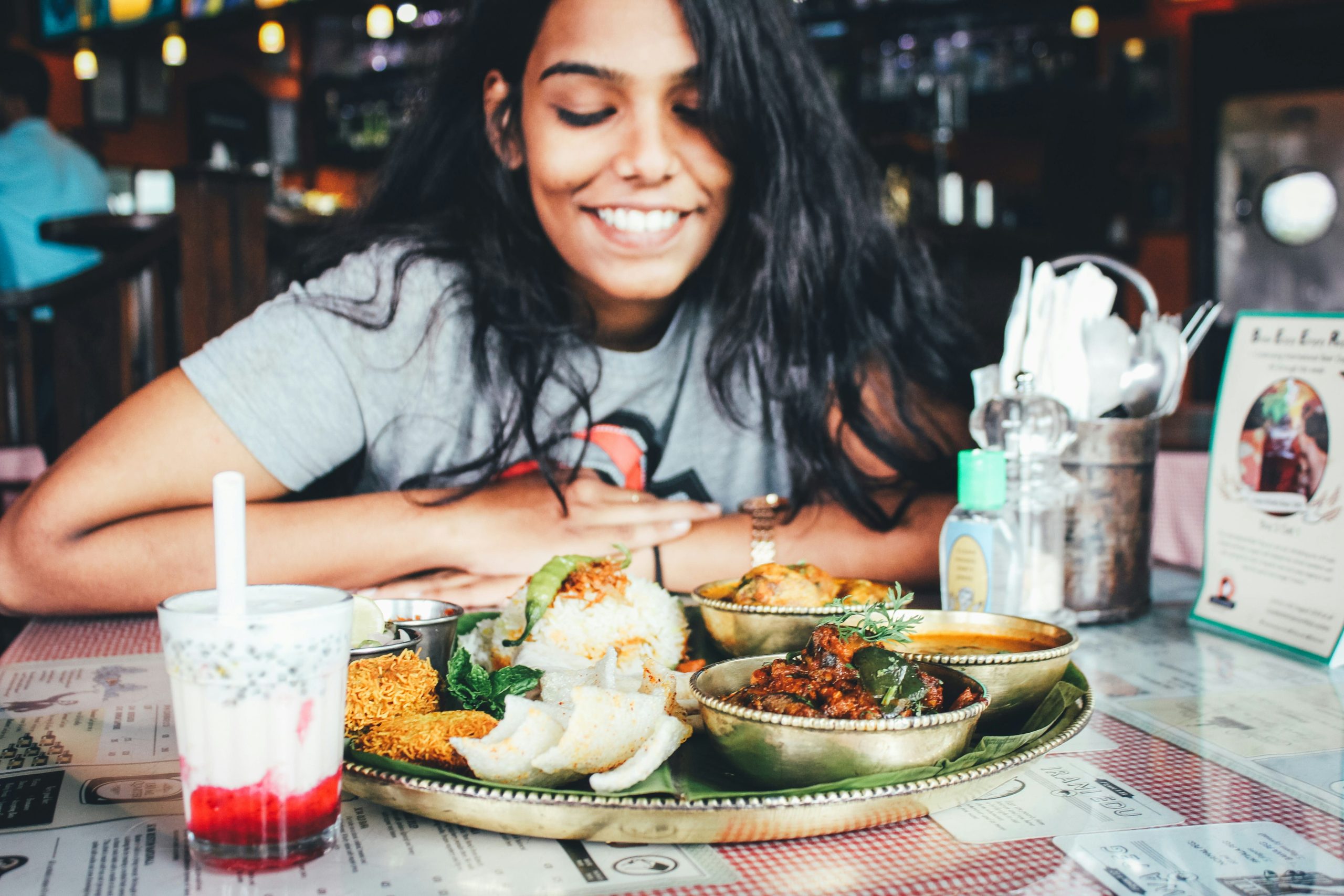Top 10 Street Foods to Try Across Latin America
Walking through the bustling markets of Mexico City three years ago, I was completely overwhelmed—in the best possible way. The intoxicating aroma of charred meat mingled with fresh cilantro, the sizzle of oil in well-seasoned pans, and vendors calling out in rapid-fire Spanish created this incredible sensory symphony. Honestly, I had no idea where to start.
That trip fundamentally changed how I think about Latin American cuisine. Before then, I’ll admit, my knowledge was pretty limited to the typical Mexican restaurants back home. But standing there, watching a abuela expertly fold masa around seasoned pork for what I later learned were the most incredible carnitas tacos I’d ever taste, I realized I’d been missing something huge.
Latin American street food represents something truly special—it’s where centuries-old indigenous techniques meet Spanish colonial influences, African culinary traditions, and more recent immigrant contributions. What fascinates me most is how each country, hell, each region within countries, has developed its own distinct identity while sharing common threads.
Did You Know? Peru alone has over 3,000 varieties of potatoes, many of which originated in the Andes mountains. This incredible biodiversity directly influences the country’s street food culture, with vendors incorporating dozens of different potato varieties into everything from anticuchos sides to causa preparations.
I’ve spent the better part of five years exploring street food scenes across Latin America—sometimes as a travel writer, other times just as a curious foodie with questionable Spanish skills and an iron stomach. What I’ve learned is that the best street food experiences happen when you abandon your preconceptions and let your senses guide you.
1. Tacos al Pastor – Mexico’s Lebanese-Mexican Fusion Marvel
Here’s something that blew my mind when I first learned it: tacos al pastor exist because of Lebanese immigration to Mexico in the early 20th century1. Lebanese immigrants adapted their traditional shawarma technique, substituting lamb with pork and adding distinctly Mexican flavors like achiote, chiles, and pineapple.
The result? Pure magic. Picture this: marinated pork, seasoned with a complex blend of dried chiles, achiote, and spices, slowly roasting on a vertical spit called a trompo. The outside gets beautifully caramelized while the inside stays incredibly juicy. When you order, the taquero—and watching these guys work is genuinely an art form—shaves thin slices directly onto small corn tortillas, typically adding a piece of grilled pineapple, some diced onion, and cilantro.
What makes great al pastor isn’t just the technique—though that’s crucial. It’s the balance. The sweetness from pineapple should complement, not overpower, the earthiness of the chiles. The meat needs that perfect char on the outside while remaining tender inside. And honestly? The tortillas matter more than most people realize. Fresh, warm corn tortillas with just a hint of lime—that’s what transforms good al pastor into something transcendent.
Finding Great Al Pastor
Look for: A busy trompo that’s been rotating for hours (the meat develops better flavor), a taquero who’s been doing this for years, and locals in line. Avoid places where the meat looks dry or the pineapple appears to have been sitting out too long.
Order like a local: “Dos de pastor con todo” (two pastor tacos with everything) is perfectly acceptable. Most vendors will ask if you want pineapple—the answer is yes.
2. Empanadas – South America’s Perfect Handheld Meal
I’ll be completely honest—I had no idea how much empanadas varied across South America until I started really paying attention. What I initially thought was just “that fried pastry thing” turned out to be this incredibly diverse family of dishes, each reflecting local ingredients, techniques, and cultural influences.
In Argentina, empanadas are typically baked, not fried, and the fillings follow pretty specific regional traditions2. The ones from Salta province, for instance, often include hard-boiled eggs and olives alongside the expected beef and onions. Meanwhile, Colombian empanadas—usually smaller and always fried—commonly feature a corn-based dough and might be filled with rice, potato, and meat.
What strikes me most about empanadas is how they perfectly encapsulate the concept of comfort food. They’re substantial enough to be a meal, portable enough for busy street life, and affordable enough for daily consumption. Plus, there’s something deeply satisfying about that first bite when the crispy exterior gives way to well-seasoned filling.
| Country | Typical Dough | Common Fillings | Cooking Method |
|---|---|---|---|
| Argentina | Wheat flour | Beef, onion, egg, olives | Baked |
| Colombia | Corn masa | Rice, potato, chicken/beef | Deep fried |
| Chile | Wheat flour | Beef, onion, raisins, olive | Baked |
| Venezuela | Wheat flour | Black beans, cheese, plantain | Fried |
3. Arepa – Venezuela and Colombia’s Versatile Staple
The arepa debate is real, and I’ve witnessed some pretty passionate discussions about it. Venezuelans and Colombians both claim ownership of this corn-based staple, and honestly, having tried both extensively, I think they’re both right in their own ways.
Venezuelan arepas tend to be thicker and are typically split open to create a pocket for fillings—everything from shredded beef (carne mechada) to black beans and cheese. Colombian arepas, on the other hand, are often thinner and might be topped rather than stuffed, though there’s huge regional variation within Colombia itself.
What I love about arepas is their incredible versatility. They work equally well as a breakfast item topped with fresh cheese, a lunch vessel stuffed with pulled pork, or even a dinner side grilled over charcoal. The corn flavor is subtle but distinctive—earthy and slightly sweet, providing the perfect backdrop for bold fillings.

4. Anticuchos – Peru’s Beloved Heart Skewers
I need to be upfront about something: when I first encountered anticuchos in Lima, I had no idea I was eating beef heart. The vendor simply handed me these incredible-smelling skewers with a smile and said “muy rico” (very delicious). And you know what? He was absolutely right.
Anticuchos represent one of Peru’s most fascinating culinary stories—a dish with pre-Columbian origins that was adapted during the colonial period3. Originally, indigenous peoples grilled llama heart, but Spanish colonization introduced beef cattle, and the dish evolved accordingly.
The marinade is what makes anticuchos special: ají panca (a smoky red chile), garlic, cumin, vinegar, and various spices combine to create this deeply complex flavor that penetrates the meat. When grilled over charcoal, the exterior develops this beautiful char while the inside remains tender and juicy.
- The heart muscle is naturally lean and develops incredible flavor when properly marinated
- Traditional accompaniments include boiled potatoes and ají verde (spicy green sauce)
- Street vendors typically serve them on wooden skewers with three to four pieces per stick
- The best anticuchos are found at night markets, especially in Lima’s Barranco district
5. Pupusas – El Salvador’s National Treasure
Pupusas hold a special place in my heart, partly because they represent comfort food at its finest, and partly because watching them being made is genuinely mesmerizing. The technique looks deceptively simple: masa harina is mixed with water to form a pliable dough, flattened into a disc, filled with cheese, beans, or meat, then sealed and cooked on a griddle called a comal.
But here’s the thing—great pupusas require serious skill. The masa needs the right consistency (too wet and it falls apart, too dry and it cracks), the filling distribution must be even, and the sealing technique prevents leakage during cooking. I’ve watched pupuseras (pupusa makers) work with this almost meditative rhythm, churning out perfectly round, golden pupusas one after another.
Pupusa Insider Tips
Always order curtido (fermented cabbage slaw) and salsa roja on the side—they’re essential accompaniments that cut through the richness and add acidity. Most pupuserías offer three basic varieties: queso (cheese), frijoles (beans), and revueltas (mixed with cheese, beans, and pork).
6. Choripán – Argentina’s Ultimate Street Sandwich
Nothing prepared me for the sheer intensity of Argentine barbecue culture until I experienced choripán at a street-side parrilla in Buenos Aires. This isn’t just a sandwich—it’s a cultural institution that represents Argentina’s deep relationship with grilled meat.
The components seem simple enough: chorizo sausage, grilled over wood or charcoal, split lengthwise and served on crusty bread with chimichurri. But the execution is where the magic happens. The chorizo needs that perfect char on the outside while remaining juicy inside. The bread—typically a French-style roll—should be crusty enough to hold up to the juices but not so tough that it overwhelms the sausage.
And then there’s chimichurri. Every vendor, every family, every Argentine has their own version, but the basic elements remain consistent: parsley, garlic, oregano, red pepper flakes, vinegar, and oil4. The best chimichurri has this bright, herbaceous quality that cuts through the richness of the chorizo while adding its own complex flavor layers.
7. Elote – Mexican Grilled Corn Perfection
I’m convinced that elote represents one of humanity’s greatest achievements in corn preparation. That might sound dramatic, but hear me out—this isn’t just grilled corn on a stick. This is corn transformed into something approaching transcendence through the careful application of lime, chili powder, cotija cheese, and mayonnaise.
The technique matters enormously. The corn needs to be grilled over charcoal or gas flames until some kernels are beautifully charred while others remain tender and sweet. Then comes the construction: a generous slather of mayonnaise (which helps everything else stick), a dusting of chili powder, crumbled cotija cheese, and finally, fresh lime juice squeezed directly over the top.
8. Pastel de Queijo – Brazil’s Crispy Cheese Pastry
Brazilian street food culture introduced me to pastel, and I genuinely can’t understand why these incredible pastries aren’t more widely known outside Brazil. Picture a large, thin pastry rectangle, filled with molten cheese (or dozens of other options), deep-fried until golden and impossibly crispy.
The contrast is what makes pastel addictive—that shatteringly crisp exterior giving way to stretchy, hot cheese inside. But cheese is just the beginning. Brazilian pastel vendors offer an incredible array of fillings: ground beef with olives, heart of palm, shrimp with catupiry cheese, even sweet versions with condensed milk or chocolate.
- The dough must be rolled incredibly thin—almost translucent—for proper texture
- Fresh oil temperature is crucial; too cool and the pastel becomes greasy
- Cheese quality matters enormously—good mozzarella or catupiry creates that perfect stretch
- Proper sealing prevents oil infiltration during frying
9. Salteñas – Bolivia’s Juicy Breakfast Pockets
Salteñas challenged everything I thought I knew about handheld pastries. These aren’t just Bolivian empanadas—they’re something entirely different, with a distinctive sweet-tinged dough and a soupy, incredibly flavorful filling that requires careful eating technique to avoid spillage.
Traditional salteñas are eaten as a mid-morning snack, typically between 10 AM and noon5. The filling usually combines meat (beef or chicken) with vegetables, hard-boiled eggs, olives, and a slightly sweet, gelatinous broth that becomes liquid when heated.
10. Churros – Spain’s Sweet Legacy Across Latin America
While churros originated in Spain, Latin American countries have made them thoroughly their own. Mexican churros often come filled with dulce de leche or cajeta, while Argentine churros might be served with thick hot chocolate for dipping.
The key to great churros is temperature control—both the oil for frying and the dough consistency. Perfect churros have a crispy exterior with a light, airy interior, generously coated in cinnamon sugar while still warm.
Your Latin American Street Food Adventure Awaits
Ready to explore these incredible flavors? Start with what’s available locally—many cities now have authentic Latin American vendors. Look for busy stalls, follow your nose, and don’t be afraid to ask questions. The best street food experiences happen when you embrace curiosity and authentic cultural exchange.
References



